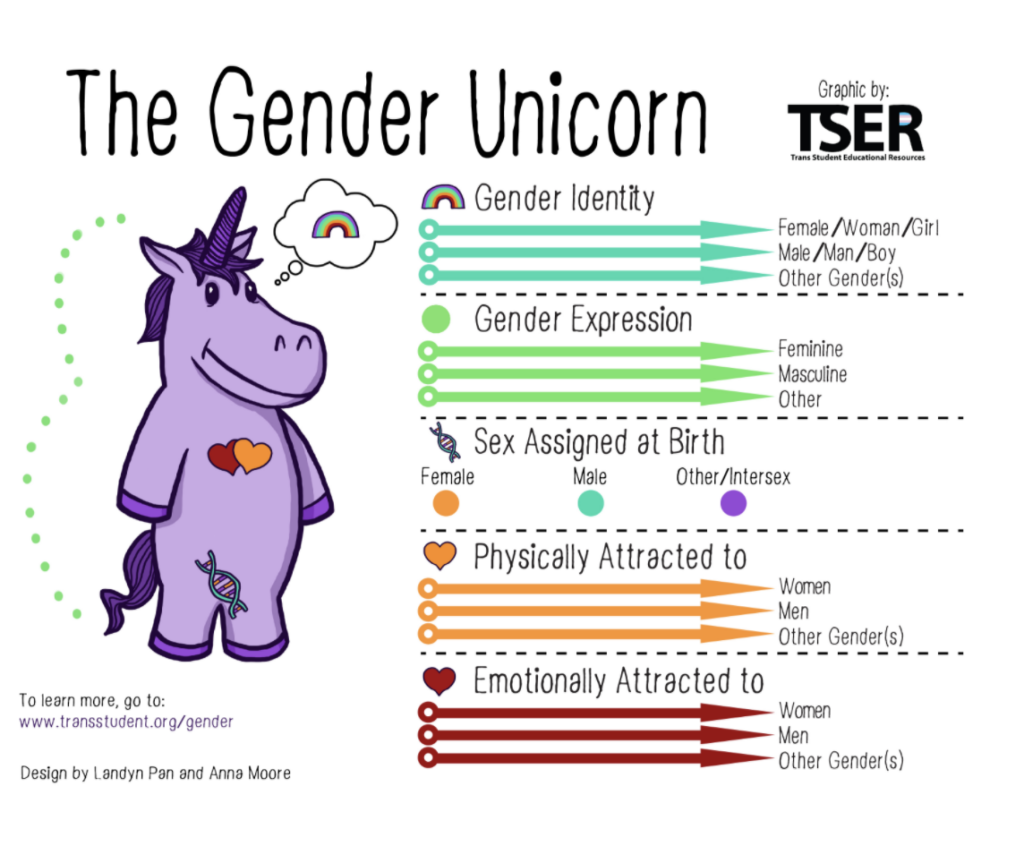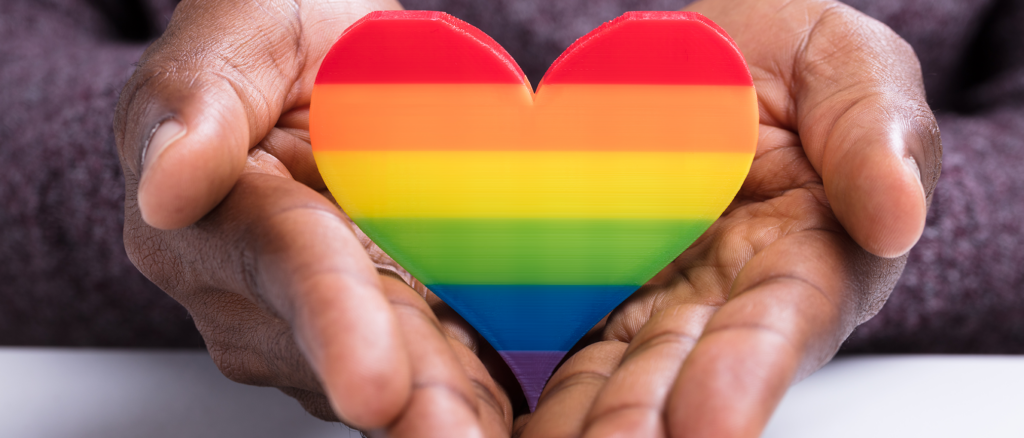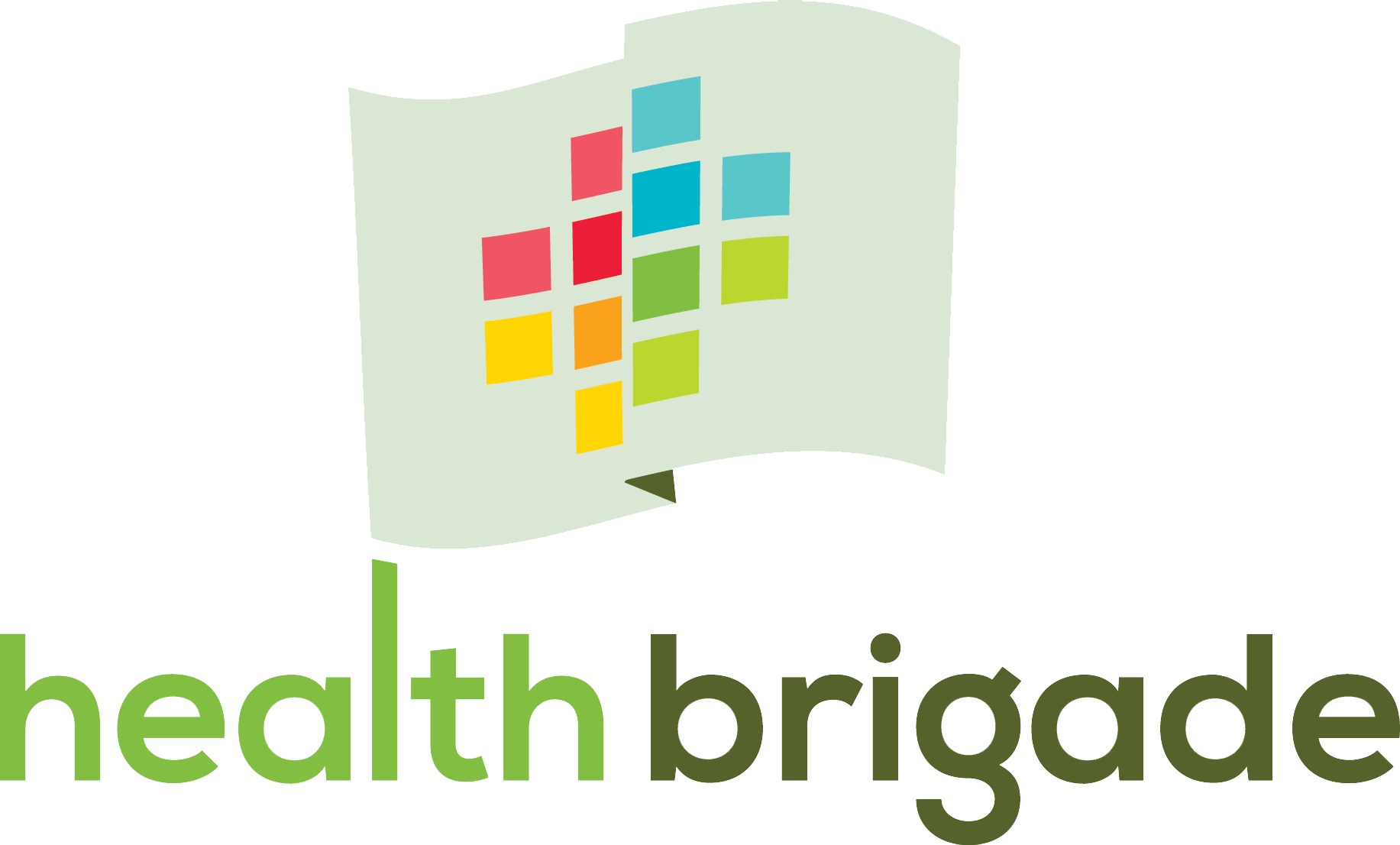LGBTQ Health
Lesbian, Gay, Bisexual, and Transgender (LGBT) people face disproportionately high rates of mental illness, HIV, unemployment, poverty, and harassment, according to the U.S. Department of Health and Human Services. And a poll conducted by National Public Radio, the Robert Wood Johnson Foundation, and the Harvard T.H. Chan School of Public Health found that 1 in 5 LGBT adults has avoided medical care due to fear of discrimination.
The extent of LGBT education medical students receive varies greatly, but a 2011 study found that the median time spent on LGBT health was five hours. The topics most frequently addressed include sexual orientation, safe sex, and gender identity, whereas transgender-specific issues, including gender transitioning, were most often ignored. And some medical students receive no LGBT education at all. (For more information, see https://www.npr.org/sections/health-shots/2019/01/ 20/683216767/medical-students-push-for-more-lgbt-health-training-to-address-disparities.)
Please watch these videos about what it means to treat LGBTQ patients, and to see scenarios they may encounter in the medical field.
Sex refers to a person’s biological status and is typically categorized as male, female, or intersex.
Gender “refers to the attitudes, feelings, and behaviors that a given culture associates with a person’s biological sex” (American Psychological Association).

Gender Identity: An individual’s inner sense of their own gender, of being male, female, something in between, or any other gender.
Gender Expression: How a person expresses their gender through clothing and accessories, grooming, speech, body language, social interactions and other behaviors.
Gender Perception: How a person’s gender is perceived by others. External perceptions of an individual’s gender may or may not be in alignment with that person’s gender identity or intended gender expression, thus there may not be a consensus from outside observers about what gender an individual might be.
(Forge Forward, Transgender 101)
Transgender or Trans: An umbrella term that encompasses a wide range of people whose gender identity or expression may not match the sex they were assigned at birth.
Cisgender: Denoting or relating to a person whose sense of gender identity corresponds with their sex assigned at birth.
Non-binary: Describing identity not exclusively as a man or a woman. Non-binary people may identify as being both a man and a woman, somewhere in between, or as falling completely outside these categories. While many also identify as transgender, not all non-binary people do.
(Human Rights Campaign, Glossary of Terms, 2019)
Important Considerations
Gender and Sexual Orientation: These are two different concepts. Gender refers to one’s innermost concept of self as male, female, a blend of both, neither, or another gender. One’s gender identity can be the same or different from their sex assigned at birth. Sexual Orientation describes an inherent or immutable enduring emotional, romantic or sexual attraction to other people. Thus, trans people can be of any sexual orientation, and any given sexual orientation can include multiple genders.
Every person has a gender, gender identity, gender expression, gender perception, and sexual orientation.
Think complexly! All of us, transgender or not, have many identities, roles, labels, and needs.
Transgender clients face unique barriers in their access to affirming health care that is responsive to their needs.
When Health Care Isn’t Caring: Lambda Legal’s Survey of Discrimination Against LGBT People and People with HIV (New York: Lambda Legal, 2010)
https://www.facebook.com/watch/?v=10153582088701990
Best practices
- Use clients, staff, and volunteers correct names and pronouns. If you don’t know, ask!
- Lead introductions with your own pronouns. “Hi, my name is Anne and my pronouns are she/ her/ hers.”
- Remember to ask only what you need to know. Ask questions relevant to success in your role, but take your curiosities elsewhere.
- In the event that you misgender a client, acknowledge and correct the mistake, apologize, and move forward. Do not make it the responsibility of the trans person to absolve the mistake.
- Assumptions are subject to the bias of our own limited experiences. Approach situations with intentionality, pausing to acknowledge the inherent dignity and humanity of each individual in the clinic space.

Health Brigade’s Trans Health Care Services
Primary Medical Care
- Breast & chest health
- Coordination of care
- HIV & STD testing and counseling
- Hormone treatment & monitoring
- Medication assistance program
- Pelvic wellness & Pap smears
- Supportive services
Mental Health Services
- Individual Counseling
- Ryan White Part B mental health and substance abuse counseling
- Support Groups
- Surgery Support Letters
- Psychiatric Referrals
- Voice Therapy
Case Management Services
- Documentation changes
- Food insecurity
- Housing instability
- Professional development
- Income insecurity
- Criminal-legal issues
